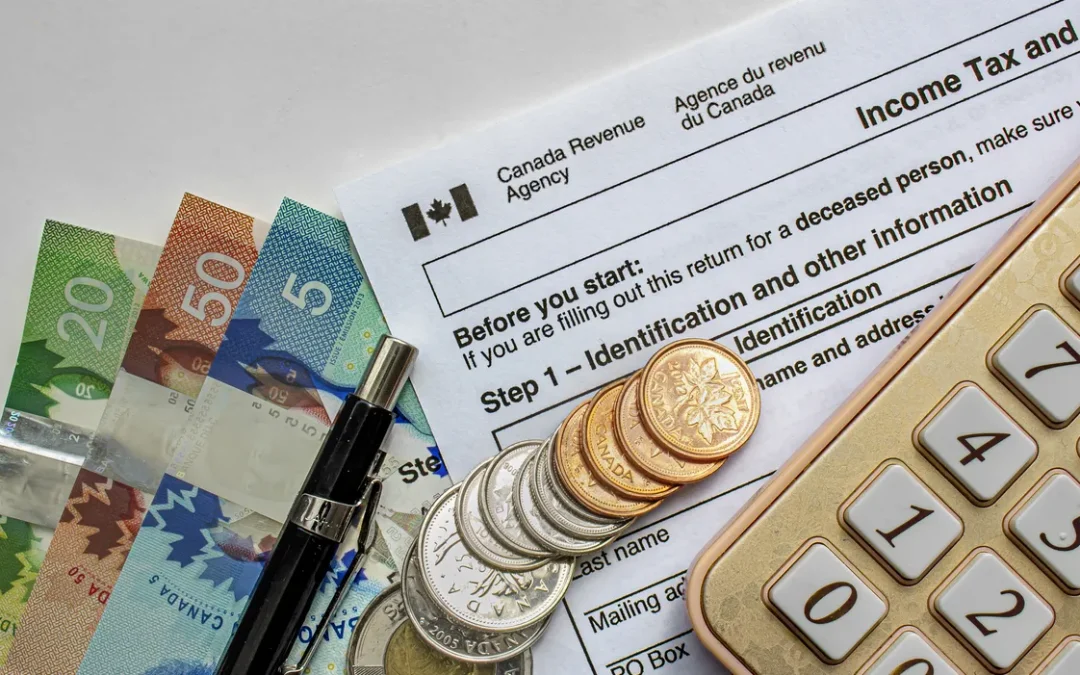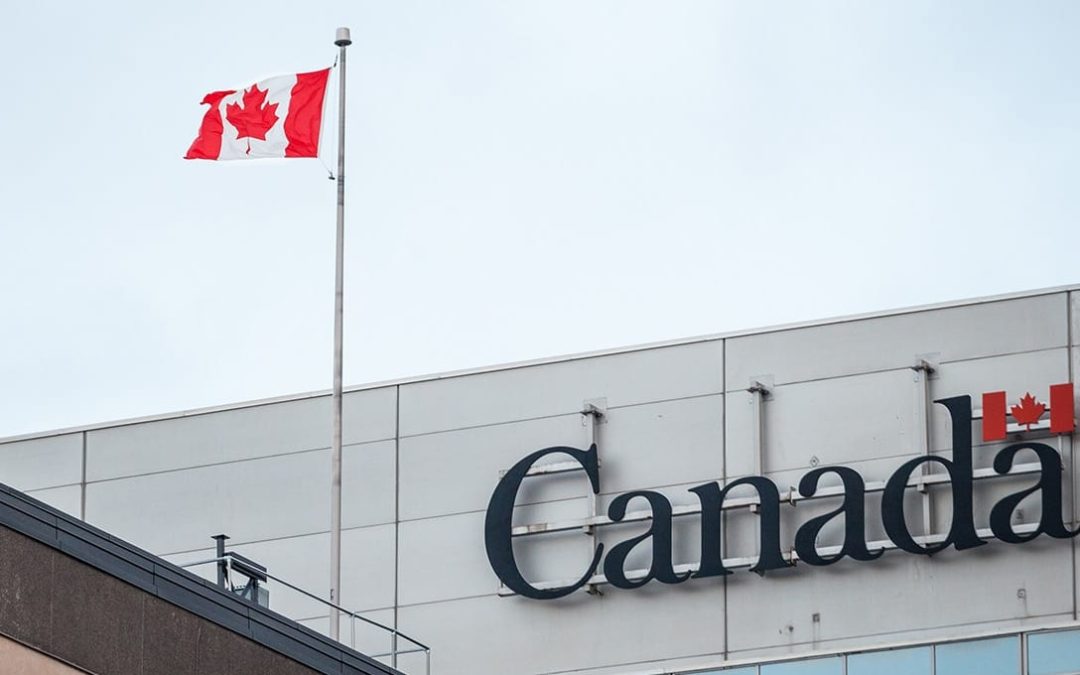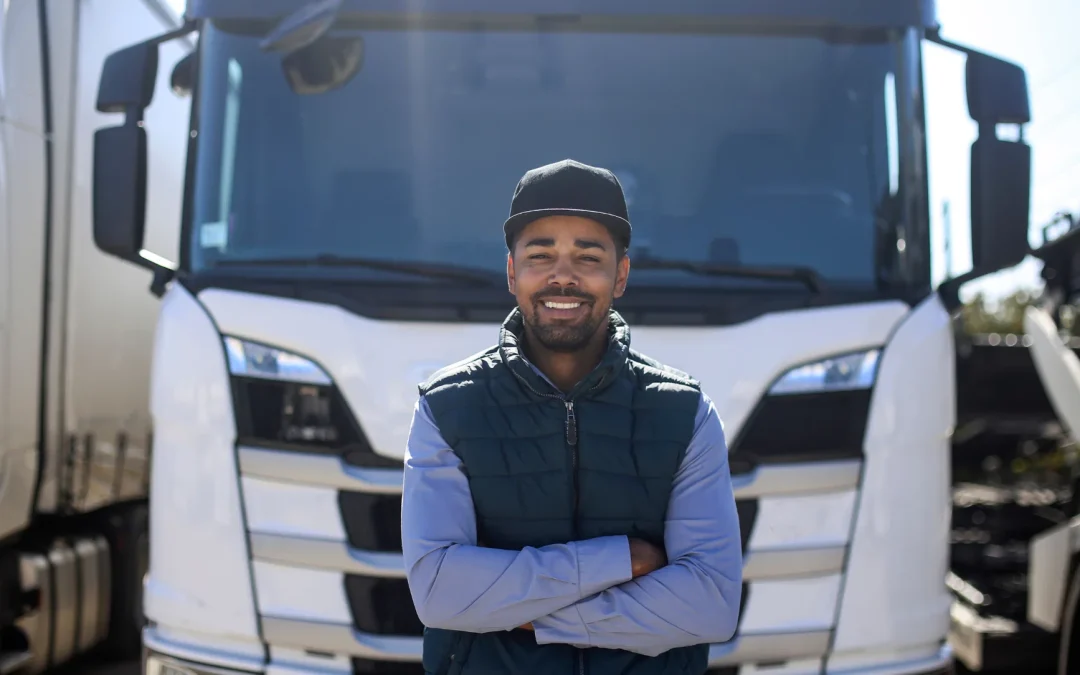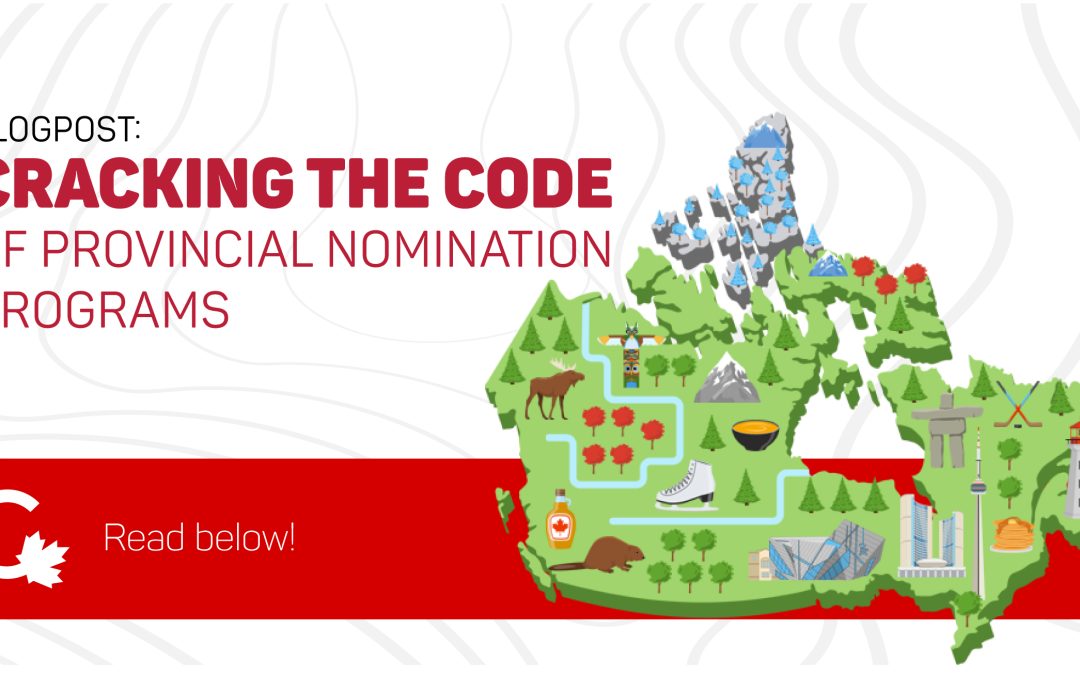
Mar 20, 2024 | Blog, Immigrate to Canada, Immigration, Immigration Reform, In the News, New Laws
Tax Filing for Newcomers to Canada: In Canada, everyone needs to file their taxes with the Canada Revenue Agency (CRA) by April 30th of each year. This includes income earned in the previous year. Your employer provides a T4 slip that details your income and tax info for the year.
There are two types of income tax in Canada: provincial and federal. The rates depend on your income level. Canada uses a marginal tax system, meaning you pay tax based on different brackets for your income. There are online calculators to help figure this out, but most salaried workers have taxes deducted automatically from their paychecks.
Who Should File a Tax Return?
Generally, you need to file a tax return in Canada if you are a resident of Canada for tax purposes, or if you meet any of the following criteria:
- Earned income: You earned employment income, self-employment income, or pension income in Canada.
- Investment income: You have investment income from Canada, such as interest, dividends, or capital gains.
- Owed taxes: You owe taxes to the Canadian government, even if you didn’t earn income in Canada.
- Claimed benefits: You want to claim a refund of taxes withheld at source or claim benefits like the GST/HST credit.
Important Note: Even if you don’t meet the above criteria, filing a return might be beneficial to get any refunds you may be entitled to.
Filing Your Tax Return
There are five ways to file your taxes in Canada:
- Certified Tax Software (electronic filing): This is the most popular method. The CRA approves various software programs that allow for electronic filing (NETFILE). It’s usually free, takes about two weeks to process, and can lead to a tax refund if you’ve overpaid.
- Authorize a Representative: You can have someone like an accountant or family member file your taxes for you. This involves authorizing them with the CRA. Costs vary depending on the agreement.
- Community Volunteer Tax Clinic: If your income is modest or your tax situation is simple, you may be able to use a free community tax clinic.
- Discounter/Tax Preparer: These individuals can file your return upfront and give you a discounted refund right away. It’s faster but comes with a fee.
- Paper Tax Return: While less common, you can still file a paper return. It’s free but takes longer to process (around 8 weeks).
How can I know whether I should pay tax or not?
The first step is to determine your residency status for tax purposes. This will determine which forms you need to file and how much tax you owe.
- Resident: You’re considered a resident if you spend 183 days (or more) in a calendar year in Canada, or have strong residential ties (like owning a home or having a spouse/common-law partner in Canada). Residents report their worldwide income on a T1 return.
- Non-resident: If you spend less than 183 days in Canada and lack strong residential ties, you’re a non-resident. You’ll only report income earned in Canada (employment income, pensions, rental income) on a non-resident return.
What do I need when filing my taxes?
Once you have determined your residency status, you will need to gather your documents. These include:
-
Beyond the basics like your name and address, here’s what you might need to have on hand:
- Social Insurance Number (SIN): This unique 9-digit number is required to work and access benefits in Canada. File your return anyway if you don’t have one yet, and explain why in a letter to avoid late filing penalties. Newcomers may need details of their income before arriving in Canada.
- Dependents’ information: Include details for your spouse, children, or elderly parents you support.
Depending on your situation, you might also need some of these documents:
- T4 slips (if you worked in Canada): These are income statements from your employer for the past year.
- Business income and expense records (for self-employed): Show your business income and expenses for the tax year.
- Medical receipts (for claiming medical deductions): Keep receipts for medical expenses you or your dependents incurred if you plan to claim them on your return.
- Foreign asset details (for newcomers): If you’re new to Canada and have foreign assets worth more than $100,000 CAD, you may need to declare them.
- Childcare expense receipts (for claiming childcare benefits): Keep these receipts if you want to claim childcare benefits.
How can I file my taxes in Canada?
There are a few ways to file your return:
- Do it Yourself (DIY): The CRA’s My Account service allows online filing. Tax preparation software is also available. This route can save money, but requires some tax knowledge.
- Hire a Tax Preparer: A good option for complex situations or if you’re uncomfortable filing yourself. Consider Taxback or contacting a local tax professional for assistance.
The deadline to file is April 30th of the following year (e.g., April 30th, 2024 for 2023 taxes).
Remember:
- File on time: Avoid penalties and interest charges by filing by the deadline.
- Claim deductions and credits: You may be eligible for deductions (expenses you can deduct from your income) and credits (tax reductions). Explore the CRA website for details.
- Keep your records: Maintain copies of your tax return and supporting documents for at least six years.
For more information on this topic you can refer to the Canada Revenue Agency’s free guide to taxation for newcomers here

Mar 19, 2024 | Blog, Immigrate to Canada, Immigration, Immigration Reform, In the News, New Laws
Recent changes by Immigration, Refugees and Citizenship Canada (IRCC) have impacted the eligibility requirements for Spousal Open Work Permits (SOWP) for spouses and partners of international students. Take a look at the key updates and what they mean for you.
Effective March 19, 2024, spouses and partners of international students can only apply for a SOWP if their sponsoring student is enrolled in a master’s or doctoral degree program at a university or polytechnic institution in Canada.
Exceptions for Undergraduate Students
There are limited exceptions for spouses/partners of students enrolled in specific professional undergraduate programs at a university. These programs include:
- Doctor of Dental Surgery (DDS, DMD)
- Bachelor of Law or Juris Doctor (LLB, JD, BCL)
- Doctor of Medicine (MD)
- Doctor of Optometry (OD)
- Pharmacy (PharmD, BS, BSc, BPharm)
- Doctor of Veterinary Medicine (DVM)
- Bachelor of Science in Nursing (BScN, BSN, BNSc)
- Bachelor of Education (B. Ed.)
- Bachelor of Engineering (B. Eng., BE, BASc)
Proof of Eligibility
Applicants for SOWP under these exceptions will need to provide documentation proving their relationship to the student and their partner’s enrollment in a qualifying program. Acceptable documents include:
- A valid Letter of Acceptance (LOA) from a Designated Learning Institution (DLI)
- Proof of enrolment letter from the student’s DLI
- Transcripts from the student’s current program
Immigration Minister Marc Miller commented that the changes aim “to attack a volume challenge but also integrity challenges with what we believe was an area that was being exploited and not necessarily legitimate.”
Have you already applied before March 19, 2024?
Applications submitted for a SOWP before March 19, 2024, may still be eligible if the sponsoring student meets these existing requirements:
- Holds a valid study permit.
- Is eligible for a post-graduation work permit (PGWP).
- Is a full-time student at a designated institution:
- Public post-secondary school (college, university) or CEGEP in Quebec
- Private college-level school in Quebec
- Canadian private school authorized to award degrees (bachelor’s, master’s, doctoral)
These requirements also apply to existing SOWP holders seeking to extend their permits.
Alternatives for Ineligible Applicants
Spouses/partners who no longer qualify for SOWP may consider other options such as:
- Applying for a different type of work permit.
- Obtaining a visitor visa (TRV). However, visitors cannot work in Canada.
Understanding the Change
SOWPs allow holders to work for most employers in Canada and support family reunification. However, concerns were raised about processing volume and potential misuse. Immigration Minister Marc Miller stated the changes aim to address these issues while focusing on genuine relationships.
If you still have doubt about this or any other immigration matter contact our qualified immigration professionals for personalized guidance on your eligibility and application process.

Mar 14, 2024 | Blog, Immigrate to Canada, Immigration, Immigration Reform, In the News, New Laws
Immigration, Refugees and Citizenship Canada (IRCC) has released details of its plan to tackle the backlog of permanent residency (PR) applications. This backlog has been a significant source of frustration for many applicants, particularly during the COVID-19 pandemic.
Addressing Processing Times and Setting Clear Expectations
IRCC’s plan focuses on several key areas to improve processing efficiency and transparency:
-
Clearer Timelines: Applicants can expect to receive more realistic estimates of processing times based on application volume and age. Additionally, IRCC will establish service standards for programs that currently lack them.
-
Investigating Differential Wait Times: The OAG report highlighted disparities in processing times within programs. IRCC will develop tools to monitor wait times by country of residence and launch a pilot program to assess the potential impact of ethnicity and race on processing times.
-
Optimizing Resource Allocation: IRCC acknowledges the workload imbalance across its offices and aims to allocate resources more effectively based on targeted immigration levels and available staff.
-
Monitoring the Use of AI: IRCC is increasingly using Artificial Intelligence (AI) to streamline processing. While this has improved efficiency, the OAG recommends monitoring its impact on processing times. IRCC will examine how AI is currently used and make adjustments if necessary to ensure consistency.
Investigating Disparities in Processing Times
The OAG report highlighted inconsistencies in processing times within specific programs. IRCC acknowledges this issue and will be launching a tool to monitor wait times by country of residence. They will also be conducting a pilot program to assess the potential impact of ethnicity and race on processing timelines.
Improving Internal Workflows and Resource Allocation
IRCC recognizes the need for a more balanced workload distribution across its offices. They will be developing a monitoring system to identify bottlenecks within the processing workflow and ensure resources are allocated efficiently. This includes a review of staffing levels in high-demand regions, such as sub-Saharan Africa.
The Role of Artificial Intelligence (AI) in Processing
The use of AI has become increasingly prevalent in IRCC’s operations. While AI has helped expedite processing times for some applications, the OAG raised concerns about potential bias. IRCC will be closely monitoring the impact of AI on processing times and take corrective actions if necessary.
Key Deadlines and Next Steps
The action plan outlines several deadlines for implementing these changes. Here are some key dates to keep in mind:
- December 31, 2024: New service standards will be established for programs without them.
- March 31, 2024: IRCC will recommend updates to existing service standards for economic class and family sponsorship programs.
- October 1, 2024: A tool to monitor wait times by country of residence will be launched.
- April 1, 2024 and 2025: Several initiatives will be completed, including developing a system to monitor processing delays and a review of AI use in decision-making.
What This Means for Applicants
While some of IRCC’s proposed solutions will require time to implement, this action plan signifies a positive step towards reducing application backlogs and improving overall processing efficiency. For applicants, this translates to clearer expectations, potentially faster processing times, and a more transparent immigration process.
We Recommend:
- Stay informed: Regularly check the IRCC website for updates on processing times and service standards.
- Consider professional guidance: An experienced immigration lawyer can help navigate the application process and ensure you meet all eligibility requirements.
If you are considering applying for permanent residence in Canada, this is a promising development. Contact us today to discuss your eligibility and explore your options!

Sep 18, 2023 | Blog, Express Entry, Federal Skilled Trades, Immigrate to Canada, Immigration, In the News, New Immigration Programs, New Laws, Provincial Nominee Program, Skilled Workers, Temporary Foreign Workers, Work Permits, Working In Canada
Canada launches new Express Entry for transport workers under a new category-based selection process to invite skilled newcomers with work experience in the transport sector to apply for permanent residence. This includes occupations such as commercial truck drivers, pilots, and aircraft assembly workers.
The IRCC announced that the first round of invitations for transport occupations through category-based selection in Express Entry will occur this week.
The new process will help to address labour shortages in the transport sector and support Canada’s economic growth. Category-based selection will allow Canada to invite candidates with the specific skills and experience that are needed to fill key positions.
Canada’s Express Entry system is now tailored to provide a streamlined and efficient pathway for individuals with expertise in critical fields. By prioritizing the invitation of skilled newcomers with work experience in transport occupations, Canada aims to meet the increasing demand for talent and fill key positions that contribute to the nation’s economic growth and advancement.
Category-based selection rounds will continue throughout the year, alongside general and program-specific invitation rounds.
Quotes:
“As Canada grows its economy, we’re committed to improving transport and infrastructure to ensure the safe and efficient movement of goods and passengers across the country. Category-based selection helps us invite newcomers with experience in transport occupations to fill significant labour gaps and ensure the future success of the Canadian transport sector. I look forward to welcoming more skilled workers to our country, as their knowledge and expertise are invaluable, to meet our labour market needs.”
– Marc Miller, Minister of Immigration, Refugees and Citizenship
“The transportation sector is crucial to our economy, and if we want to keep things moving, we need to invest in the people that move travellers and transport our goods. With this new initiative, we are helping address a critical skills shortage while also attracting new, talented people to communities across Canada. Truck drivers, pilots, aviation mechanical engineers and seafarers play a critical role in our economy and Canadians’ lives. Filling vacancies in these professions will boost economic growth and create stronger and more resilient supply chains.”
– Pablo Rodriguez, Minister of Transport
Quick facts:
- Express Entry is Canada’s flagship application management system for those seeking to immigrate permanently through the Federal Skilled Worker Program, the Canadian Experience Class, the Federal Skilled Trades Program, and a portion of the Provincial Nominee Program.
- In June 2022, the Government of Canada made changes to the Immigration and Refugee Protection Act to allow for the selection of immigrants based on key attributes that support economic priorities, such as specific work experience or knowledge of French.
- On May 31, 2023, the Honourable Sean Fraser, former Minister of Immigration, Refugees and Citizenship, announced the launch of category-based selection, a new process to welcome skilled newcomers with work experience in priority jobs as permanent residents.
- The categories were determined following extensive consultations with provincial and territorial partners, stakeholders, and the public, as well as a review of labour market needs. A complete list of eligible jobs for the new categories is available on the Canada.ca website.
(more…)

Jul 19, 2023 | Becoming a Sponsor, Blog, Citizenship, Express Entry, Family Immigration, Help with Inadmissibility, How To, Immigrate to Canada, Immigration, In the News, Spousal Sponsorship, Work Permits, Working In Canada
Family reunification is a fundamental cornerstone of Canada’s immigration strategy, and to further this objective, Immigration Refugees and Citizenship Canada (IRCC) has implemented a new measure: Open Work Permits are now available for outland applications. The aim is to facilitate the reunification of more families within the country. Under this new measure, spouses, partners, and dependents of permanent residents, Canadian citizens, temporary workers, and students who are already in Canada may now be eligible for an Open Work Permit.
Previously, open work permits were restricted to applicants under inland sponsorship or those already residing in Canada on a Temporary Residence Visa (TRV). However, the recent change extends eligibility for open work permits to those applying from outside of Canada (outland sponsorship).
To expedite the process, IRCC aims to process all spousal sponsorship applications within 12 months.
Eligibility for open work permits
Family members include spouses, common-law partners, conjugal partners, and dependent children over 18 years old.
Eligibility criteria for open work permits, as stated by IRCC, encompass the following conditions:
- The family member must have a valid temporary resident status, maintain their status, or be eligible for restoration of status.
- The sponsored party must have the same residential address as their sponsor in Canada when applying for the open work permit.
IRCC public policy allows officers to grant an open work permit to foreign nationals who meet any of the following conditions:
- They are the principal applicant with a submitted permanent residence application under the spouse or common-law partner in Canada, or as a spouse, common-law or conjugal partner under the family class, which has been accepted for processing by IRCC.
- They have submitted a work permit application for a maximum duration of two years.
- They are the subject of a sponsorship application submitted by their Canadian citizen or permanent resident spouse, common-law or conjugal partner.
- They have the same residential address as their sponsor in Canada at the time of the application and possess valid temporary resident status in Canada or have applied for restoration of status.
Alternatively, open work permits may also be granted to dependent children who meet the following conditions:
- They have been included as an accompanying family member in the application for permanent residence.
- They have submitted a work permit application for a maximum duration of two years.
- They have the same residential address as the principal applicant and their sponsor in Canada at the time of the application and possess valid temporary resident status in Canada or have applied for restoration of status.
Family reunification is a top priority in Canada.
This initiative was announced on May 26 by Immigration Minister Sean Fraser. Along with open work permits for outland spousal sponsorship, other family reunification measures were introduced, such as:
- Faster processing times for spousal applicants’ temporary resident visas (TRVs)
- New, dedicated processing tools for spousal TRV applicants.
- Open work permit extension availability for open work permit holders expiring between August 1st and the end of 2023.
Minister Fraser expressed IRCC’s dedication to reuniting families expeditiously and enabling them to work and support themselves more swiftly upon arrival. This approach not only helps newcomers fulfill their potential but also strengthens Canada’s economy and social fabric.

Apr 17, 2023 | Blog, Complete Representation, Express Entry, Family Immigration, How To, Immigrate to Canada, Immigration, New Immigration Programs, Permanent Residency, Preparation of Application, Provincial Nominee Program, Skilled Workers, Temporary Foreign Workers
Understanding Provincial Nomination Programs in Canada: Eligibility Requirements and Differences
Canada is known for its warm hospitality and has a range of opportunities for foreign nationals to call it their permanent home. One such opportunity is through the Provincial Nominee Program (PNP), which allows Canadian provinces and territories to nominate foreign workers, entrepreneurs, and graduates for permanent residency. Each province and territory has its own unique PNP, with distinct eligibility requirements and selection criteria. To better understand the different eligibility requirements for these programs and how they differ from one another, read on.
What is a Provincial Nomination Program?
A Provincial Nomination Program (PNP) is a program designed to allow Canadian provinces and territories to select and nominate foreign nationals who are interested in settling in their region. PNPs were created to help address regional labor market shortages and attract talented individuals to Canada’s different provinces and territories.
Eligibility Requirements for Provincial Nomination Programs
The eligibility requirements for PNPs differ from province to province, but in general, they require candidates to have the following:
- Education and Language Proficiency: Most PNPs require candidates to have completed at least a high school education and to have demonstrated proficiency in either English or French, Canada’s official languages.
- Work Experience: PNPs require candidates to have a certain amount of work experience in their occupation, which varies by province and occupation.
- Age: PNPs typically target younger individuals who are likely to contribute to the labor market and the community for many years. The minimum age for PNPs is usually 18 years old, but some provinces require candidates to be between 21 and 45 years old.
- Job Offer: Most PNPs require candidates to have a job offer from an employer in the province. The job offer must be in an occupation that is in demand in the province.
- Adaptability: PNPs consider factors such as previous education or work experience in the province, family or friends in the province, and language skills in addition to the minimum eligibility requirements.
How do PNPs differ from each other?
PNPs differ from each other in terms of the eligibility requirements, the selection process, and the categories of candidates they target. Here are some of the main differences:
Eligibility Requirements:
Each province has its own set of eligibility requirements for PNPs. For example, the British Columbia PNP requires candidates to have a job offer in a skilled occupation, while the Saskatchewan PNP allows candidates without a job offer to apply for the program.
Selection Process:
PNPs use a point-based system to evaluate candidates based on factors such as education, work experience, age, language proficiency, and adaptability. However, the point system and selection criteria vary by province and can change over time.
Categories of Candidates:
Each PNP has its own categories of candidates, such as skilled workers, international graduates, entrepreneurs, or semi-skilled workers. Some PNPs prioritize certain categories over others, depending on the needs of the province.
Conclusion
In conclusion, Provincial Nomination Programs (PNPs) are an excellent way for foreign nationals to immigrate and settle in Canada. However, the eligibility requirements for PNPs differ by province, and candidates must carefully evaluate their eligibility before applying. It is essential to consult with an immigration consultant or lawyer to determine which PNP is the best fit for your qualifications and career aspirations. By understanding the different eligibility requirements and selection criteria for PNPs, candidates can increase their chances of being nominated and achieving their dream of living and working in Canada.







 Useful Resources for Canada
Useful Resources for Canada
 Useful Resources for U.S.
Useful Resources for U.S.
 Our Local Immigration Services
Our Local Immigration Services